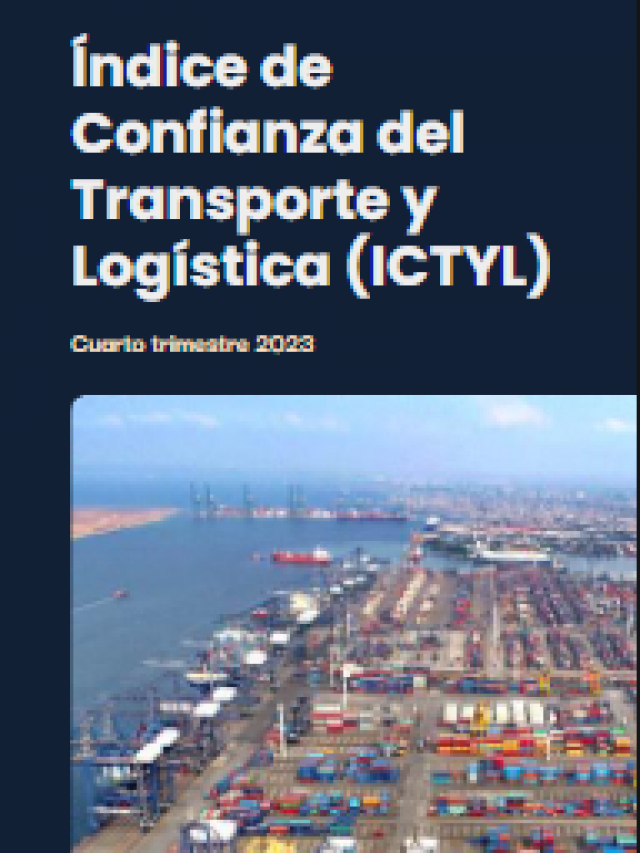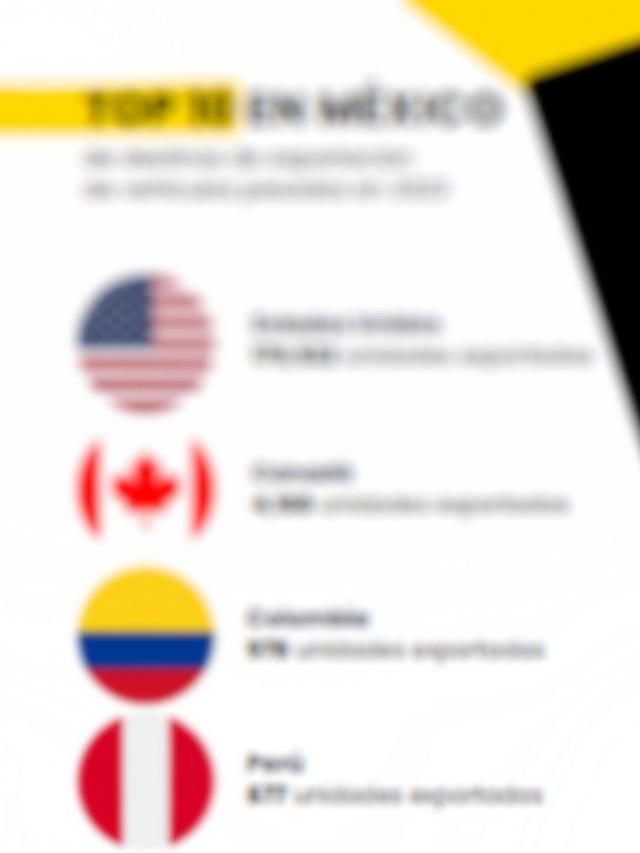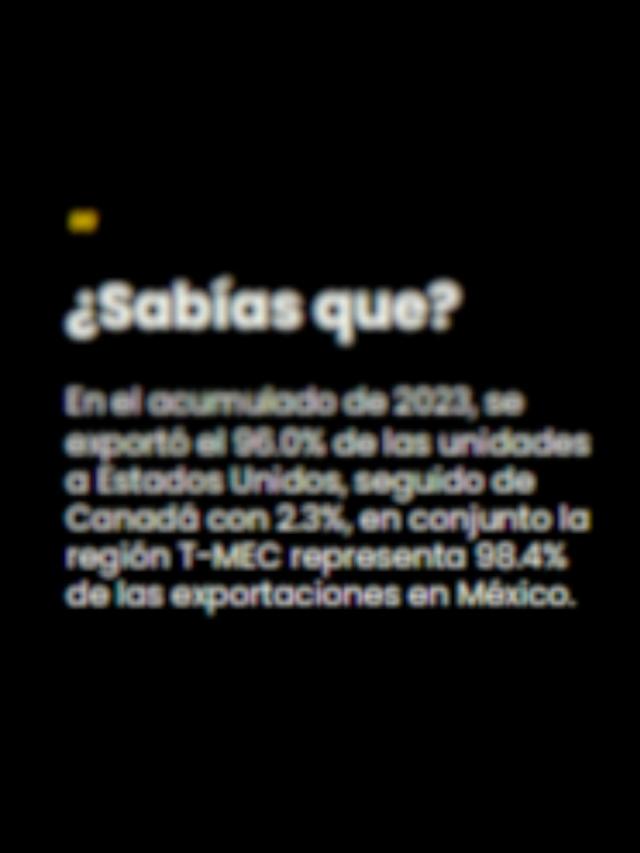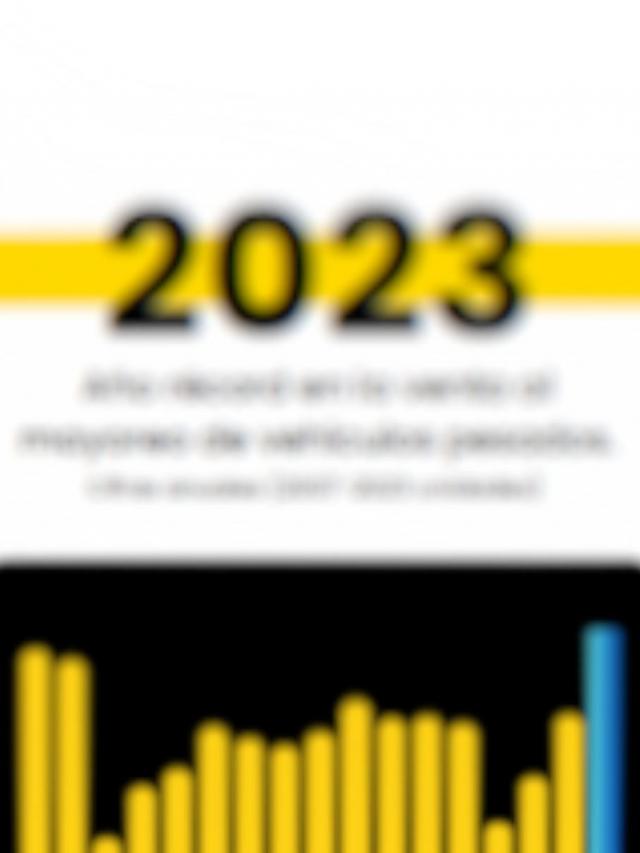
Looking ahead to 2030, the new administration headed by Mexican President Claudia Sheinbaum presented the National Strategy for Industrialization and Shared Prosperity, known as Plan Mexico, a project that, among other things, seeks to strengthen the country and its role in global value chains.
As Sheinbaum said, this is a comprehensive economic development policy that includes public and private investment for industrialization based on the development of all regions of the country, in accordance with their natural resources, promoting the global relocation of companies. “It is a long-term vision to replace imports and generate productive chains,” the president explained.
The Mexico Plan sets out 11 goals to be achieved within a five-year period; among them, the focus has been on increasing foreign direct investment (FDI) and creating 1.5 million jobs in specialized manufacturing, as well as increasing the value of national content in global value chains, which, among others, include the automotive, electronics and semiconductor sectors .
It is worth noting that the time to complete an investment in the country is also being reduced, from a period of 2.6 to one year and with 50% fewer requirements. To this end, a one-stop shop for digital investments will be made available.
At the same time, the Mexico Plan determined that 150 thousand professionals and technicians will be developed annually, whose training will be continuous and aligned with strategic sectors. Investments with environmental, social and governance (ESG) practices will also be promoted, and access to financing will be provided to 30% of small and medium-sized enterprises (SMEs) .

Actions of the Mexico Plan
Some actions that support the Mexico Plan and that would support the development of the industry range from the publication of the nearshoring decree (relocation of manufacturing centers), this document aims at the accelerated depreciation of new investment in fixed assets for global and Mexican companies without discriminating sectors, valid until 2030.
Another strategy is based on the publication of a decree that includes at least one development hub per industrial corridor. It should be noted that among the strategic sectors contemplated in the Mexico Plan are: electromobility and automotive, logistics, semiconductors, infrastructure, among others.
In addition to the creation of a Development Banking fund for micro, small and medium-sized enterprises (MSMEs) suppliers/exporters with anchor companies.
The work with importing companies for the development of local and regional supply was also highlighted, with the homologation of tariffs with North America . The creation of the IMMEX 4.0 program. In addition to the rules for own energy consumption from 0.7 MW to 20 MW and private participation schemes in generation.
One of the actions that also stands out is the mixed investment schemes for infrastructure projects, highlighting the opportunity to tender this year projects that require a total of at least 100 billion pesos (mdp) of private investment. The work between companies, universities and the government on strategic projects was also detailed, for example, the Olinia vehicle .
The publication of the National Law on Simplification and Digitalization was also contemplated , as well as the launch of a table for the weekly review of the progress of priority private investments and 95 industrial parks; as well as the increase in access to financing for SMEs by 5% annually, through the signing of agreements with the Bank of Mexico , the Association of Banks of Mexico and the federal government.
In terms of public capacities, the Mexico Plan contemplated the investment of 23.4 billion dollars (mdd) in the generation, transmission and distribution of energy. The availability of more than three thousand kilometers of roads for the transportation of cargo and passengers was also detailed; without going into further details, the document highlighted the infrastructure for urban mobility.
2030 goals by sector
The federal government has outlined the goals for 2030 for the Mexico Plan. Specifically, in the automotive and electromobility sector, there is a 10% increase in the production of vehicles for national consumption, an increase to 15% of the national content of vehicles, and the manufacture of trains and/or their components in the country.
For 2025, the actions are: to implement a development program for suppliers of micro-cut steel, polymers, screws, bearings, plastic injections, cable harnesses, among others.
One issue worth highlighting is the standardization of requirements and the elimination of administrative burdens at the three levels of government. It was also considered that the Public Vehicle Registry (Repuve) should be a reliable and secure source, solving problems with updating the Mexico platform, defective certificates of non-digital manufacture, among others.
Meanwhile, in the case of electric mobility, permits will be granted for charging stations and chargers, as well as infrastructure reinforcement .
In addition, the goals for 2030 are to consolidate 10 electromobility projects for passenger transport.
In the semiconductor sector, the plan is to double local supply in original equipment manufacturing and original design manufacturing by 2030; reduce dependency by 10% and replace it with employment in the sector, double the value of exports and relocate companies worth 10 billion dollars in APT.
By 2025, it is planned to announce the immediate return of VAT for companies that prove local supply of 40 to 80%, depending on the subsector and input. In addition, the harmonization of safety standards and final devices with North America.
Looking ahead to 2023, we seek to have a guaranteed ADyT energy supply: digital infrastructure and 24/7 customs operations .
Comment and follow us on X:@GrupoT21















